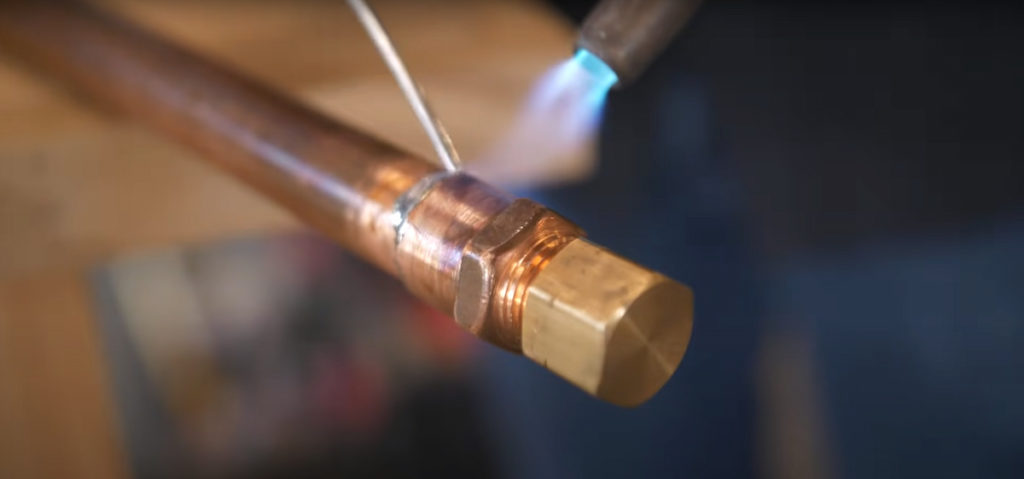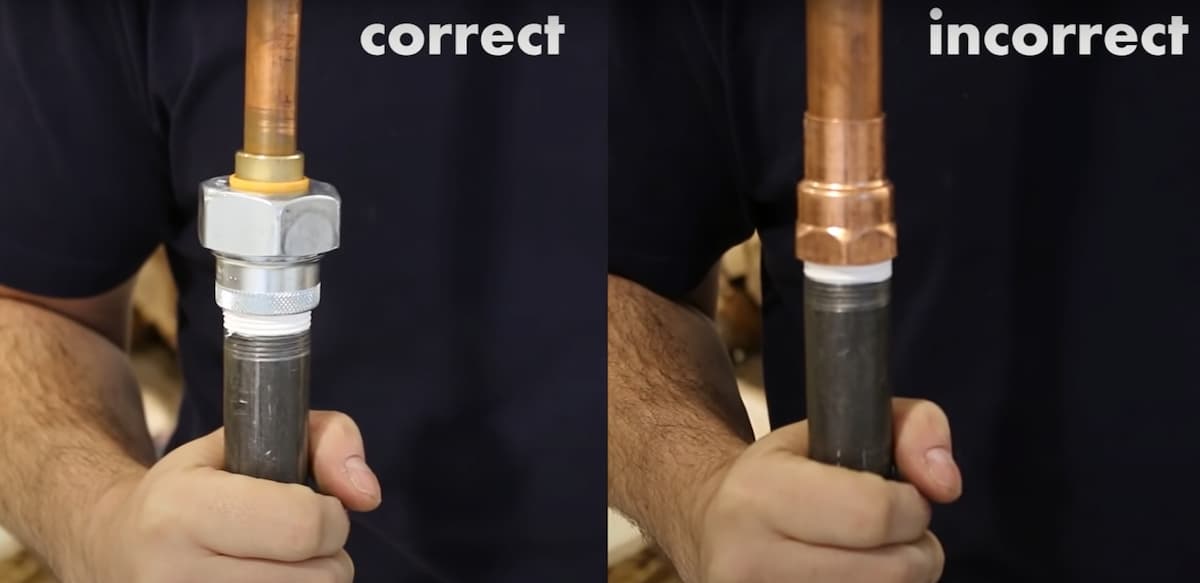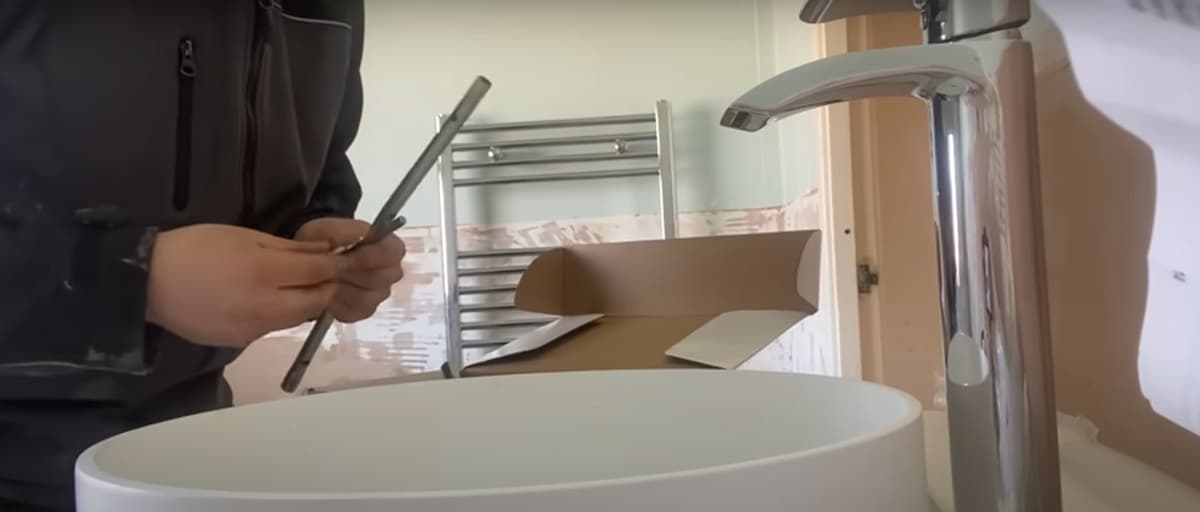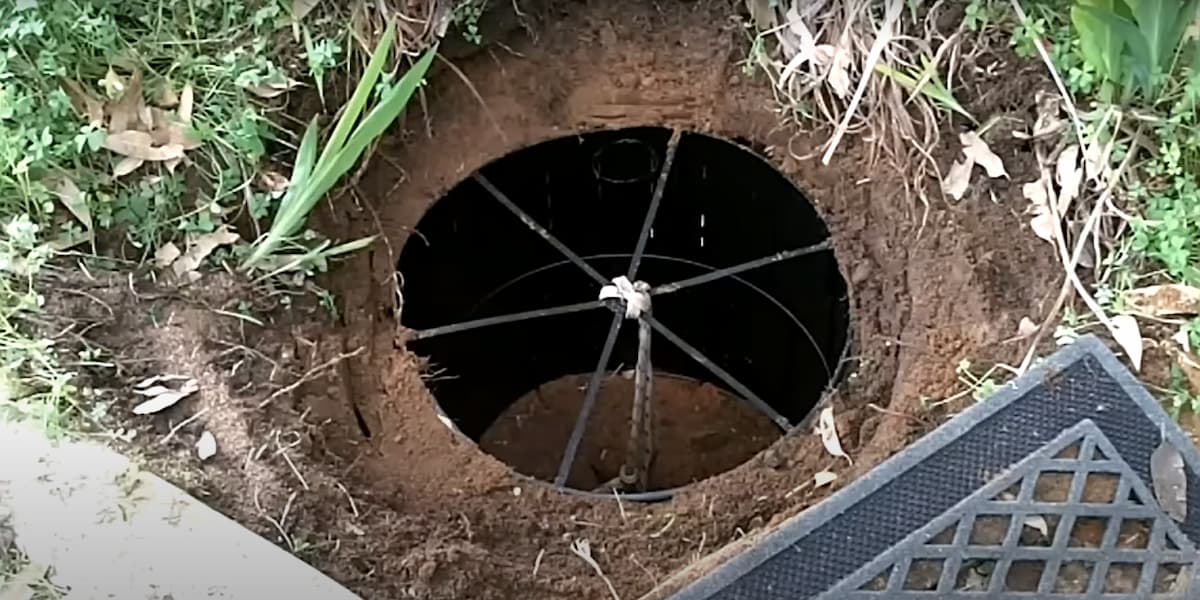The way we use and think about plumbing pipes is changing. Once, the only types of pipes you would see were copper or steel and they both had their problems. Copper was expensive, hard to work with if it wasn’t already pre-bent into shape and not always available in the right size. Steel was cheap but prone to rusting through even when exposed for just a few years outdoors.
PVC pipe solved many of these issues by being cheaper than copper (and easier to work with), plus more durable than steel, but it still has its own limitations, namely that PVC is susceptible to cracking from changes in temperature and pressure which can lead to leaks or worse yet explosions. So what’s next? Well first off, let’s talk about the current state of plumbing pipe materials and then we’ll talk about some new (and old) alternatives.
Types of Plumbing Pipes Australia
There are a few common types of plumbing pipes available today, such as:
- Copper pipes
- Steel pipes
- PVC pipes
Most types of pipes used for plumbing today are either made out of copper or steel or they’re made out of PVC plastic. Let’s take a look at each one separately.
Copper Pipe Types of Plumbing Pipes
It’s still common to install copper pipes in new homes because it has a high thermal conductivity rate and allow both hot and cold water to flow quickly through the house without too much energy loss. However, this metal is expensive compared to other options and not easily bent into a shape which means that most pre-built houses come with as few connections to copper piping as possible. This can result in a lot of extra cost and headache when adding new fixtures, appliances or equipment to the house later down the line.
When it comes to plumbing repairs and replacements, a copper pipe is also not necessarily the most durable solution out there. It’s true that a copper pipe does not corrode easily (unlike steel) but it is still susceptible to corrosion from acidic water over time which can lead to pinhole leaks in your system. These pinholes are almost impossible to detect with just your eyes so, by the time you realize you have a problem, significant water damage could already be underway from your copper pipes.
Steel Pipe Types of Plumbing Pipes
Steel pipes for plumbing have been around since humans started dumping waste into rivers and streams centuries ago. Metal pipes were the go-to solution for waste removal until the late 1800s when it became apparent that dumping sewage into water sources was not only bad for the environment, but also for human health. Sewage often resulted in outbreaks of serious illnesses back then so this realization led to the modernization of plumbing services to include underground pipelines made out of steel or cement that dumped away from population centres. While these early cast iron pipes were great at solving immediate problems, cast iron pipes created another one, corrosion.
Metal pipes are susceptible to pinhole leaks over time due to their high iron content which can lead to severe structural problems if not attended to immediately. Even worse, corrosion can lead to full ruptures which are guaranteed to cause damage anywhere along the length of the cast iron pipeline because even small drops in water pressure can cause these ruptures to happen. The best way to avoid this problem is to install steel piping with sacrificial anodes which are attached directly to the exterior of the pipe and corrode before the metal does.
Galvanized steel pipes have been around for a long time too, but they have their own issues. Like cast iron pipes, galvanized steel is susceptible to corrosion from acidic water and the way it’s manufactured can cause problems as well. In order to prevent leaks from occurring at any point along the length of galvanized pipes, a thick zinc coating is applied over the interior of the pipe once it’s been cast and rolled out.
PVC Pipes Types of Plumbing Pipes
PVC piping requires less effort to install than other types but it’s not without its own list of problems. First off, this material is highly corrosive to the metal parts of your plumbing system itself so it’s no use if you’re trying to solve a corrosion problem that you already have. Second, there are multiple joints or fittings required throughout the length of PVC pipe which causes them to break down over time due to environmental stressors like temperature changes and ground movement.
For homes located directly on bedrock where the earth never moves, these types of problems are nullified but homeowners who live in areas with high seismic activity or changeable soil conditions could think twice before installing PVC piping in their homes. Another drawback is that certain types of PVC materials can leach carcinogenic toxins into nearby water sources when they come in contact with them for long periods of time. Keep in mind that even the lighter plastics used to make PVC piping may break down and leak these chemicals into your system if you’re not careful.
Concrete Types of Plumbing Pipes
This type of pipe is usually made out of a mixture between concrete and crushed stone aggregate but some manufacturers have been known to use other materials like brick or sand instead. It’s also possible to find pipes made from poured-in cement which is reinforced with steel fibres. In general, this material has been around since at least the 1800s when it was first developed as a way to help streamline surface transportation networks throughout Europe and Asia because it’s highly resistant to corrosion.
For this reason, concrete pipe is also widely used for water distribution networks around the world today. It’s not without its own set of problems however because it has a tendency to develop cracks or micro-fractures that can form over time due to changes in humidity, temperature and ground movement. These micro-fractures are almost impossible to detect with your eyes but can cause serious structural damage if they happen near enough to joints or valves which causes them to burst open without warning.
Plastic Water Pipe for Houses Australia
Plastic piping is obviously the easiest material to install because it can be laid directly on top of relatively flat surfaces but it’s also the worst because there are only two types of plastics that could be used for this purpose. These are polyethylene (PE) and high-density polyethylene (HDPE). All other types of plastic piping are either too brittle or may break down over time due to environmental conditions which can lead to major structural damage after a few years.

This isn’t to say that you could avoid these materials altogether however because they’re still suitable for use as water main pipelines connected directly to city networks. The reason why they’re avoided in residential applications is simply that homeowners don’t have crews capable of digging trenches deep enough to accommodate these types of pipe thicknesses in addition to the regular water supply piping that they need.
Water Supply Pipe
Now that you know what kind of pipes are suitable for residential applications, let’s take a look at how thick each type could be so you’ll have some idea as to whether or not it may be able to handle your household’s daily water requirements. Keep in mind that the thicker the pipe, the more expensive it may be to purchase and install but this shouldn’t deter you from doing so because smaller-diameter piping tends to corrode over time which causes the metal inside to break down before the exterior does.
Typically, homes located on bedrock where there’s no horizontal or vertical movement in the surrounding earth don’t need piping thicker than 5cm even if they have abnormally high water demands. At higher elevations, however, thicknesses of 15cm or 20cm may be required to ensure that the piping won’t crack or break under pressure.
For homes located at medium elevations with relatively stable environmental conditions, the best choice is usually piping between 10 and 15 cm thick which may provide enough water for most household requirements. This type of piping is especially popular worldwide as a cost-effective solution for new housing developments because it’s an easily accessible material that doesn’t require any special equipment or machinery in order to work with it properly.
Hot Water Pipe
The most important thing to keep in mind with any type of plastic piping is the fact that it may degrade over time when exposed to intense heat. Apart from this, however, the only real factors you need to worry about are how often your household depends on hot water and whether or not you’ll be using a gas-powered hot water system instead of an electric one.
In general, avoid all types of plastic piping if you have a gas-powered heating unit installed in your home unless it’s designed for use with multiple fuel sources because there’s nothing worse than having a burst pipe due to incompatible materials. In addition, if the temperature in your area regularly climbs above 40 degrees Celsius during the summer months then it would be best to go with at least 15cm or 20cm thick piping just to be on the safe side.
Mains Water Pipe
The best piping material for use as mains water supply pipe is copper pipes because it has a low risk of breaking down due to environmental factors and it’s also extremely durable when used properly. The only real issue with a copper pipe is that it may eventually corrode if it’s located directly on the ground surface which means you’ll need to elevate it at least 30cm off the ground in order to stop this from happening.
PVC Plumbing Pipes
This material is usually made out of a combination of plastic materials combined together, including chlorine. While the first known uses for this substance date all the way back to ancient Greece where it was used as an early form of cement, it wasn’t until 1924 that largescale production began on the raw material. PVC had many different industrial applications at first but homebuilders became interested in using it for their plumbing systems soon after WWII ended because this type of piping doesn’t corrode easily due to its chemical makeup.
Metal Plumbing Pipe
Smaller steel pipes used for household purposes are often coated in zinc or another protective material but larger pipelines (over 20cm) usually require external corrosion control measures like cement-lined trenches that surround them or cathodic protection that prevents charged particles from entering into groundwater sources. Lastly, steel pipe for plumbing needs to be welded together which means that every connection makes it more likely you’ll develop a pinhole leak in your system somewhere down the line if you don’t use special safety equipment when installing it.
This also means that your local plumber may have to break some of his or her back when it comes time to make a replacement or repair-related cuts along the length of the pipe.
Stainless Steel Water Pipe
There are a number of different types of stainless steel piping that can be used in home plumbing systems but 304 and 316L grades are the most common. Most units that use this material have it installed beneath the ground or within a wall that separates them from groundwater sources to prevent corrosion from taking place over time
One thing to keep in mind about this type of material is that its welds aren’t as strong as other options so leaks may often develop around joints or fittings if they’re not properly aligned when you make your purchase. If present, tapered threads along both ends of a galvanized steel pipe can help reduce overall stress levels and provide extra durability for the life of the pipe.
Copper Plumbing Pipe
Copper plumbing is a relatively expensive option but it’s mostly because of the cost of labour required to install this type of piping. The material itself is very easy to work with so, once you’ve got the correct tools and safety equipment at your disposal, copper piping can be installed in a fraction of the time that steel or PVC materials require. Because copper is incredibly malleable, it doesn’t have nearly as many issues when it comes to managing stress and high levels of ground movement as steel and PVC pipes do.
The most common issue homeowners run into when working with this type of material is that they end up damaging pinhole leaks into existing circuits accidentally by using incorrect tools or attempting to cut them too quickly without the proper cooling/gas protection systems in place.





